-
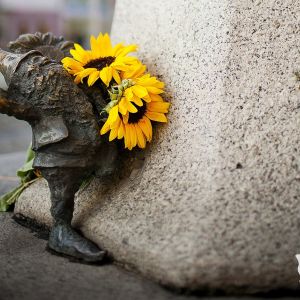
Meet Wrocław Dwarves
They are the most friendly inhabitants of Wrocław – they are kind and helpful, particularly towards children. Here you can find out more about over 300 dwarves living in the capital of Lower Silesia.
-

New Wrocław attraction: Hydropolis
Hydropolis is an ultra-modern knowledge centre dedicated to water. This is the only such facility in Poland, and one of the few in the world. The exhibition area is more than 4 000 square meters. A total of 64 interactive installations awaits visitors in eight themed areas.
-
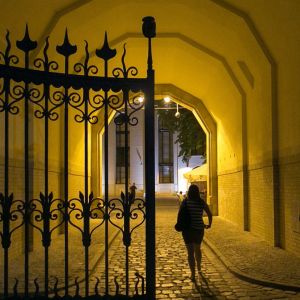
Four Denominations District
Four Denominations District (Dzielnica Czterech Wyznań) is situated in the centre of Wrocław, in direct proximity to the Rynek (Market Square). It occupies an area separated with ul. Kazimierza Wielkiego, Św. Mikołaja, Pawła Włodkowica and Św. Antoniego.
-
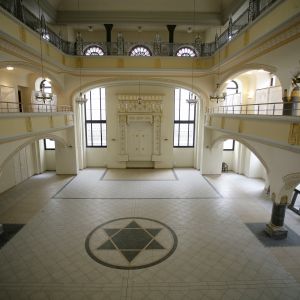
Following Wrocław Jews
A 13th-century tombstone is the earliest sign of Jewish presence in Wrocław. For more than several centuries, the Jewish community in Wrocław contributed to the city's prosperity.
-
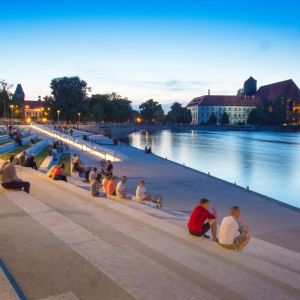
Sightseeing of Wrocław by the Oder
‘Wrocław feels good on the Oder,’ says the slogan that promoted the city a few years ago. There is no exaggeration in it – you only need to take a walk along the new boulevards on the Oder to see how beautiful they have become, and the mutual feeling of the city and the river flourishes.
-
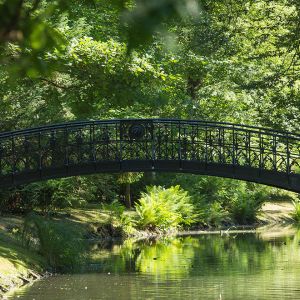
Parks in Wrocław
People of other metropolises can envy the inhabitants of Wrocław the number of places where they can relax surrounded by green area. There are 44 parks ranging from a few to over a hundred hectares within the city borders only. The botany lovers are delighted with the species that cannot be seen anywhere else in the public space.
-
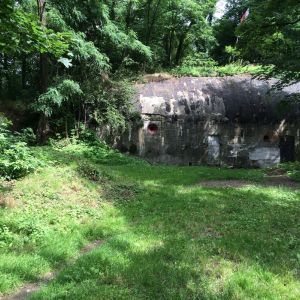
Wrocław bunkers: see remains of Festung Breslau
The turbulent history of the 20th century left its mark on Wrocław. From 1891 to 1945, being a part of the German Reich, the city was enriched with over 100 military objects. Part of them has survived till today.
-
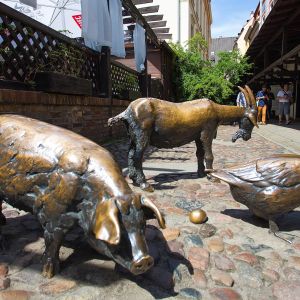
Wrocław open-air sculpures
Wrocław streets, parks and squares feature more than several dozen open-air sculptures. No historical monuments (except for the one at Jatki), these original figures and places add a little bit of lustre, charm and humour to the city.
-
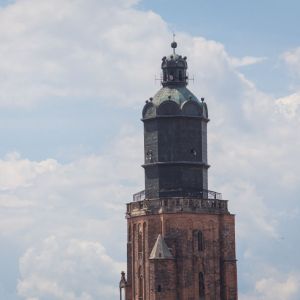
Two hundred steps up
When buying a ticket for the viewpoint tower of the Garrison Church, we find that the majority of the enthusiasts of panoramic views from above come from outside of Wrocław. However, now and then come Wrocławians, who want to take a look from over a hundred meters to a city, in which they have spent dozens of years of their lives.
-
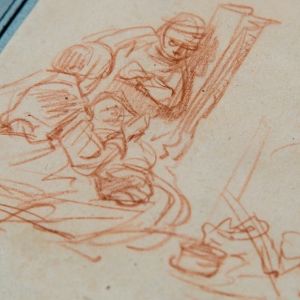
Stepping crane in Ossolineum
We are standing on the courtyard of the National Ossolińscy Institute. Today all facilities around it contain valuable collections, including the manuscript of “Pan Tadeusz” by Adam Mickiewicz. However, this beautiful building was inherited by Ossolineum from Knights of the Cross with the Red Star.
-
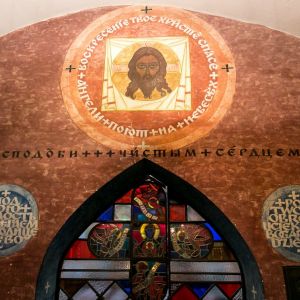
Orthodox church
Right at Pl. Jana Pawła II square, near the former Babiński Hospital, there is one of the four temples of the Four Denominations District – the Nativity of Saint Mary Orthodox Church in Wrocław, which belongs to the Wrocław-Szczecin Diocese and is one of the most ecumenical temples in Wrocław.
-

Window to the universe
This time curiosity led us to the observatory and planetarium of the Astronomy Institute of the University of Wrocław (Uniwersytet Wrocławski) at ul. Kopernika. When passing by the characteristic buildings, many people wonder what they house. We took a peek inside. It used to be the window to the universe for scientists. Now it serves for educating students and houses a planetarium.
-
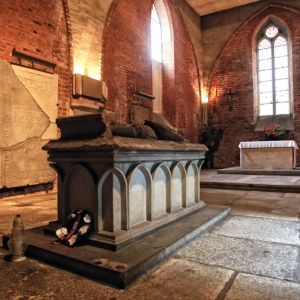
The Piast Mausoleum
The Ursuline convent in Wrocław at pl. Nankiera includes two church interiors. After WW II one of them became a place of eternal rest of the Śląsk royal dynasty of Piast. The mausoleum is located in St. Clara's church.
-
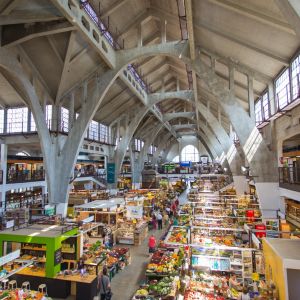
Market Hall from the backyard
Hundreds of stalls, colours and fresh products. The noise of conversations and the interior full of architectural gems. The historic Market Hall at ul. Piaskowa has retained its charm for more than 100 years. Now, apart from local customers, it attracts increasingly often crowds of tourists. We managed to take a look at it from the backyard.
-
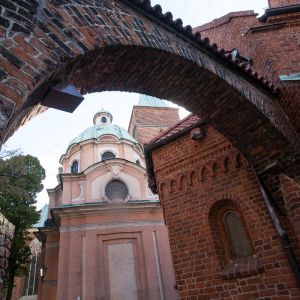
Church in shadow of cathedral
One of the smallest churches located on Ostrów Tumski. The Church of St Giles is the oldest church functioning in Wrocław.
-
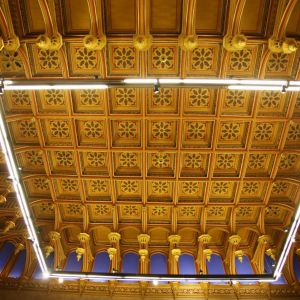
Main Railway Station - a railroad gem
The place, visited daily by thousands of people, still has a lot of beauty and secrets. This week we looked at places the passengers using the Station do not normally go to. Away from the area opened for the public there are architectural treasures, rooms with gorgeous decorations, and unique staircases at the upper floors of the building.
-
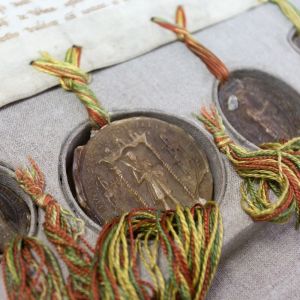
State Archives
This office is probably visited most frequently by foreigners in Wrocław. They arrive even for a few days to look for information. Among them there are genealogists, historians, archeologists, political scientists, sociologists, ethnographers, linguists, geographers, geologists, natural scientists and economists. The biggest treasure of the State Archives in Wrocław is 15 km of records.
-
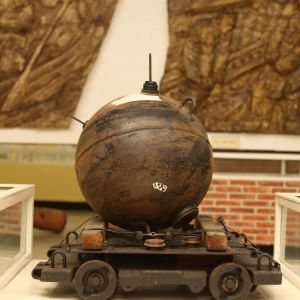
Former Military Engineering Museum
Unlike most of the other museums in Wrocław, it cannot be entered from the street. The former Military Engineering Museum (dawne Muzeum Wojsk Inżynieryjnych) can be visited only during the „Open Barracks Day” upon prior reservation – even with a guide. Entrance is free.
-
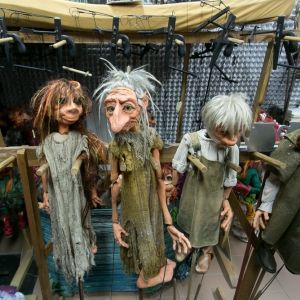
Where puppets sleep
The Wrocław Puppet Theatre has a collection of almost 1,000 puppets and props. Every season the big puppet family is joined by new members – this year, among others, by big wooden animals designed by the sculptor Józef Wilkoń, which perform in the show "What does a crocodile eat for dinner?".
-
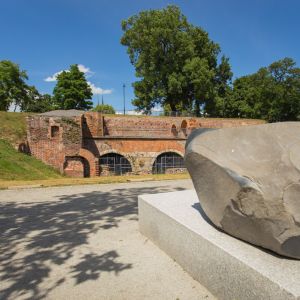
Around the Old Town
Our trip can take us approximately 5 hours, and we have almost 5 kilometres to walk. We start at ul. Świdnicka, at a place where, at the beginning of the 19th century, the Świdnicka Gate (Brama Świdnicka) still existed. Unfortunately, not much has survived from its former grandeur – a small square, a gate house, a so-called guardhouse and the former Order of St John Church closing the perspective from the north, built in the Gothic style in the 15th century.